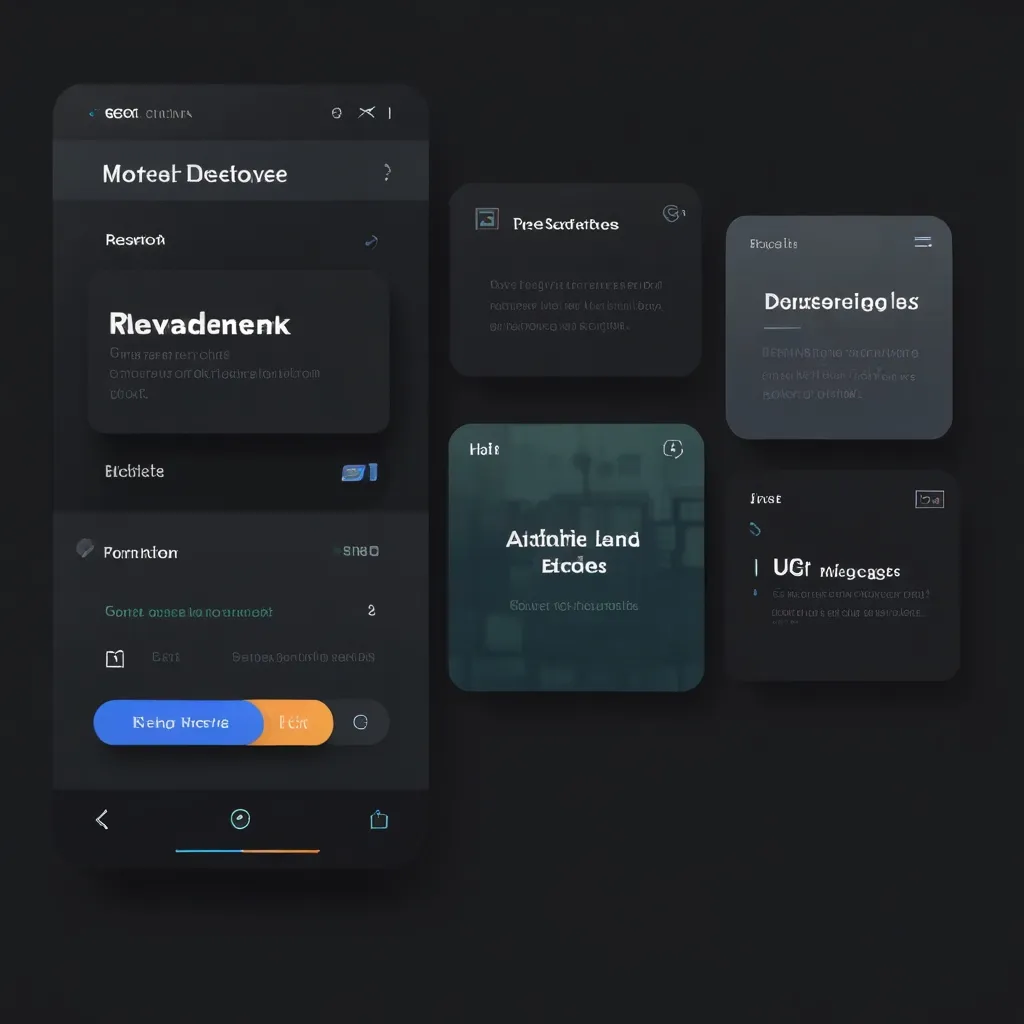Building modern web apps? Chances are, you’re weighing the pros and cons of using React or Next.js. React’s a solid JS library for making slick UIs, but Next.js? It’s like React on steroids, offering a ton of extra features and tools. If you’re curious about how Next.js can elevate your development game, you’re in the right place.
Understanding Next.js
First off, Next.js isn’t just another framework. Think of it as a set of blocks that help you craft blazing-fast, full-stack web apps with React. It takes care of the heavy lifting in terms of tooling and configuration, giving your development process a turbo boost. Next.js is all about efficiency, making your apps not only quick to build but also highly dynamic and performance-driven.
The Magic of Server-Side Rendering (SSR)
One standout difference between Next.js and old-school React is server-side rendering (SSR). With React, you’re usually stuck with client-side rendering (CSR), making it purely a single-page app framework. But Next.js breaks this mold. It can render pages on the server and send them as HTML to the client. This trick not only boosts performance but also skyrockets your SEO rankings. SSR is a game-changer for apps needing to serve personalized content or for static sites like blogs.
Static Site Generation (SSG) Awesomeness
Next.js isn’t a one-trick pony. It also supports static site generation (SSG). Imagine it as a way to pre-render your site at build time, so it’s served as static HTML. This is perfect for content that doesn’t change every minute, like blogs or docs. By pre-fetching data and serving static HTML, your site speeds up and your server breathes a sigh of relief.
Smooth Routing and Navigation
Routing is another strong suit of Next.js. Unlike traditional React apps where you fiddle with libraries like React Router, Next.js has built-in routing support. This means seamless navigation between different parts of your app without the manual hassle. Just create your pages and let Next.js handle the rest.
Data Fetching Simplified
Fetching data is a cornerstone of web development, and Next.js nails it. It offers multiple methods like getStaticProps for static content and getServerSideProps for dynamic data fetching. Whether you need data at build time or on every request, Next.js has got you covered, making your data management a breeze.
Flexible Configurability
Next.js gives you freedom in a way that Create React App (CRA) doesn’t. With CRA, you’re stuck with the default settings. But with Next.js, you can tweak everything from Babel configurations to Jest settings and ESLint rules. This level of customization is a lifesaver for projects that need specific setups.
Easier Maintenance and Better Scalability
When it comes to maintaining and scaling your app, Next.js really stands out. With automatic code splitting and optimized SSR, your app can easily handle more traffic and data without giving performance the boot. Plus, Next.js supports TypeScript straight out of the box. Better type safety means happier developers and more maintainable codebases.
A Dev’s Dream Experience
A great framework should make a developer’s life easier, and Next.js does just that. Built on React, it’s easy to pick up if you’re already familiar with React. It also plays nicely with other tools like Redux and React Hooks, making state and side-effect management a piece of cake. And don’t get me started on Turbopack, an incremental bundler designed for crazy fast JavaScript and TypeScript development.
Winning at Performance and SEO
Performance and SEO are crucial for web apps, and Next.js excels here. By providing both SSR and SSG, it ensures your pages load quickly and rank high on search engines. SSR boosts initial load times, essential for SEO, while server actions mean your front and backend can coexist in the same codebase. This eliminates pointless API calls, further fine-tuning performance.
Getting Rolling with Next.js
Starting a new Next.js project is ridiculously easy. A simple npx create-next-app my-app command gets you up and running. Various starter kits and templates for e-com sites, blogs, and portfolios can also help speed things along. No need to reinvent the wheel; just pick a template and you’re good to go.
Real-World Applications
Let’s talk real-world scenarios. Imagine you’re building a blog. With Next.js, you can pre-render all the posts at build time, so visitors get super-fast load times and stellar SEO. Or think about an e-commerce site where each user sees custom content. Here, Next.js’s SSR can handle dynamic content effortlessly, ensuring a seamless user experience.
Wrapping Up
In a nutshell, Next.js builds on React’s strengths to offer a toolkit for creating fast, scalable, and maintainable web apps. Its capabilities like SSR, SSG, and built-in routing make it a top pick for developers looking to boost performance and SEO. Whether you’re crafting a simple blog or a complex e-commerce platform, Next.js brings the flex and power you need to take your app to the next level. So, if you’re serious about upgrading your React game, it’s time to give Next.js a serious look.





